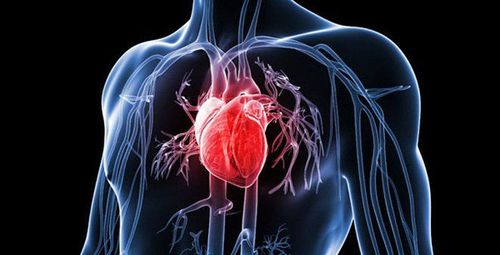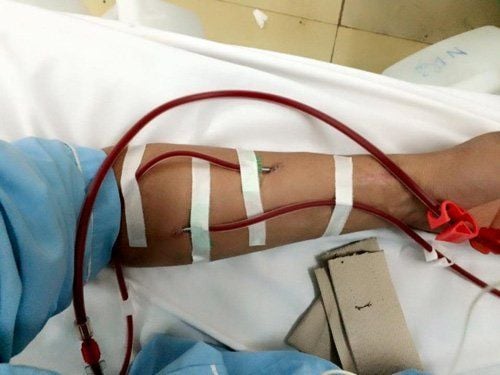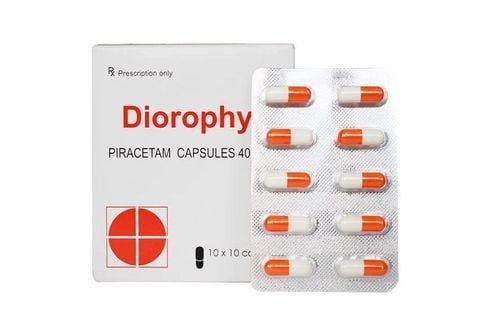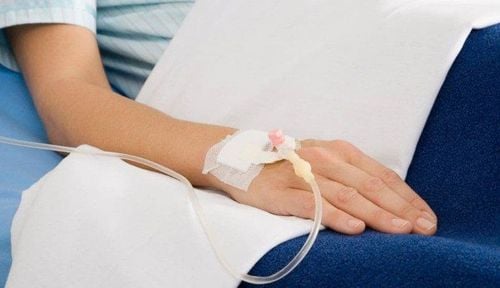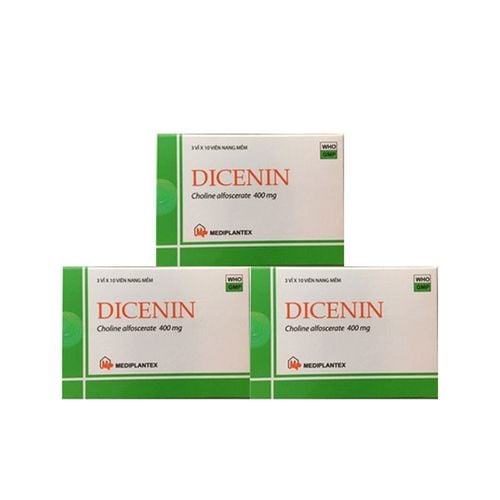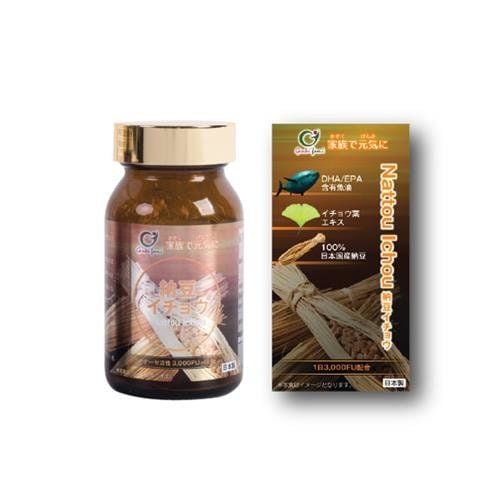This is an automatically translated article.
Article written by MSc Nguyen Ngoc Quang - Department of Intensive Care - Vinmec Times City International Hospital
Therapeutic hypothermia was first reported scientifically in 1940 by Fay for the treatment of traumatic brain injury. Most initial hypothermia therapy is kept at a mild to moderate temperature, mainly for cardiac surgery and brain aneurysms. The first use of deep hypothermia (<30 °C) in traumatic brain injury was described in 1964.
1. What is hypothermia?
Hypothermia is defined as bringing the body temperature <35°C, hypothermia has long been known as a method of treating various diseases. Ancient Greek physicians used hypothermia to treat patients with bleeding and trauma. Recent use has focused on its effectiveness for neuroprotective strategies.
Hypothermia is widely indicated in patients with cardiac arrest. In these patients, after being resuscitated to restore the heart, it was observed that hypoxic neurologic damage after cardiac arrest was an important cause of sequelae and death.
Two randomized controlled studies have shown that hypothermia leads to significantly more neurologically improved outcomes than the group not using hypothermia. The International Liaison Committee on Resuscitation (ILCOR) has stated, “Adult patients following circulatory arrest are indicated for hypothermia to 32–34 °C for 12–24 hours”.
2. Principle of hypothermia machine
Hypothermia therapy is the controlled delivery of cold temperatures into the body, the aim is to bring the body temperature below 35 degrees Celsius (normal body temperature ~ 36.5 degrees Celsius), The machine needs to be controlled and provide a constant and steady cold temperature to keep the body temperature stable at the desired level there are many methods of causing hypothermia.
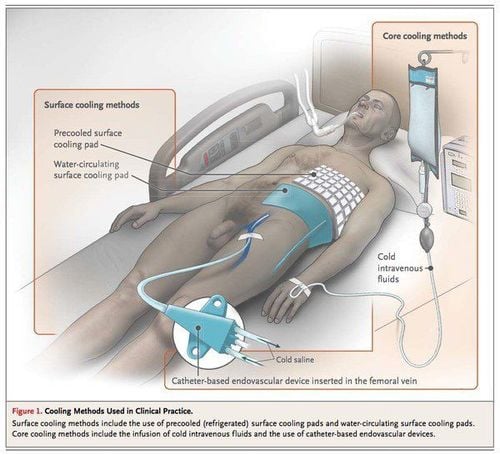
Cold infusion: the selected infusion has been cooled, the temperature is calculated and the appropriate volume is calculated according to weight, the fluid is then infused into the body to reduce body temperature Cold blanket: blankets is cooled, applied to the patient's skin to cool the whole body. Direct heat exchange with the blood stream: this is the most advanced and effective method. An instrument is inserted into the blood vessels of the human body, this device connects to the chiller outside the body, cold heat flows from the machine, through the device in the blood vessel and directly transfers heat into the blood stream, the blood stream. When this cold goes to feed the body, it will make the body cold. This method has a fast and stable cooling effect, and the cost is higher than the above two methods
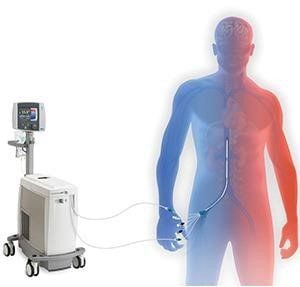
3. In what case is hypothermia indicated?
3.1 Cardiac arrest Cardiac arrest is a condition where the heart does not beat, if not treated, the patient will die permanently. If the patient is treated promptly, the patient's life will be saved, that is, the heart rhythm will return, but the sequelae after the cardiac arrest will be very severe if not continued active treatment.
Measures to lower body temperature is one of the most important measures applied to this group of diseases. Studies have shown that lowering body temperature to 33-34 degrees Celsius or 35 degrees Celsius depending on the degree of coma shows a dramatic degree of neurological recovery and improved mortality.
3.2 Traumatic Brain Injury The traumatic brain injury causes brain contusion and compression of brain parenchyma, causing severe cerebral edema. These edematous organizations will cause increased pressure in a closed skull, resulting in very high pressure in the skull and heavy pressure on healthy brain tissues, causing damage to the whole brain.
Hypothermia therapy has been shown to reduce cranial pressure significantly, and at the same time, because the temperature is reduced, the inflammatory activity and oxygen consumption of brain cells can be reduced, helping brain cells to overcome the hot inflammatory phase that causes inflammation. great loss of functionality later on.
3.3 After cranial surgery Same mechanism with traumatic brain injury above
3.4 Types of cerebrovascular accident Hypothermia for this group of patients with 2 main purposes
Control intracranial pressure Control fever due to consequences of cerebrovascular accident

3.5 Other groups Increased intracranial pressure due to hepatic encephalopathy, spinal cord injury, aortic surgery, after heart surgery ......
Vinmec International General Hospital is one of the hospitals not only ensure professional quality with a team of leading medical doctors, a system of modern technological equipment. The hospital provides comprehensive and professional medical examination, consultation and treatment services, with a civilized, polite, safe and sterile medical examination and treatment space.
Please dial HOTLINE for more information or register for an appointment HERE. Download MyVinmec app to make appointments faster and to manage your bookings easily.





